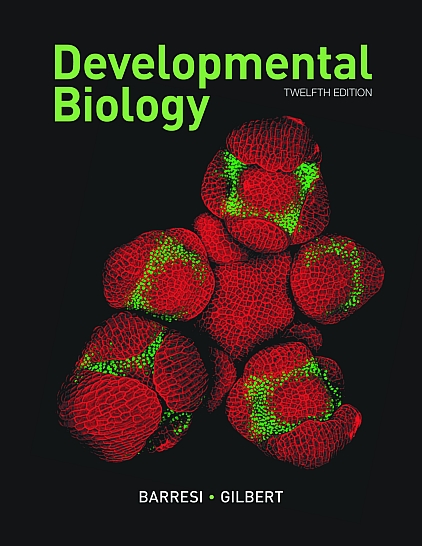Developmental Biology 12e Student Resources is no longer available and it was replaced by Developmental Biology 13e.
Barresi & Gilbert, Developmental Biology 12e Student Resources

Printed from , all rights reserved. © Oxford University Press, 2025